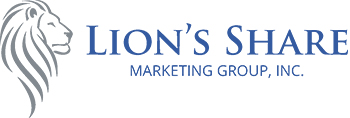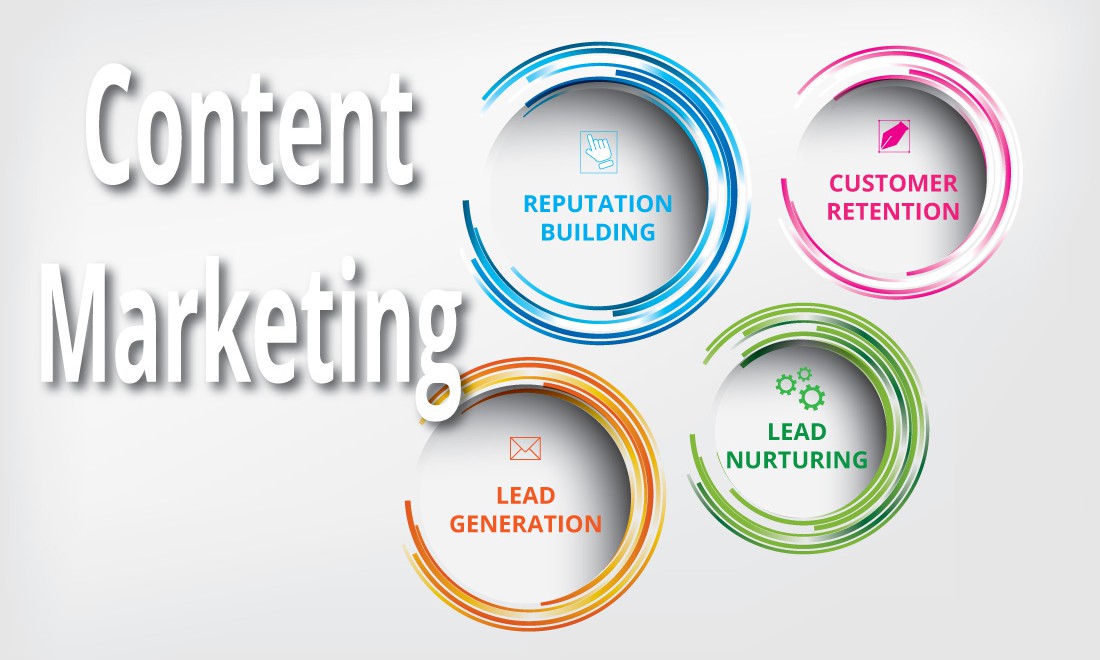The Fractional CMO
We’re hearing the term “fractional CIO” more often these days in business circles. For small organizations that can’t afford top-level IT talent but still need a strategic, long-term IT plan, it makes great sense to hire a consultant to fill that role. They’re getting expensive talent for a fraction of the cost, for a fraction of the time.
The same concept can be applied to marketing. Many of the companies we work with can’t spend $200,000 or more for a full time marketing executive. If they pay less than that they’re bringing in someone without the right experience or credentials to play a leadership role. But whether or not they already have an in-house marketing team, they need big-picture guidance: someone to create an integrated road map for media relations, communications, web presence, ad campaigns, trade shows and more. Someone to make sure the company’s following that plan and someone who’s adjusting it accordingly over time.
Another reason people go the fractional route is if their needs don’t require a full-time resource. It would be next to impossible to hire a marketing professional with a high level of talent for a part-time position. And even if you could, chances are that person would get bored with its limitations and move on within a year or so.
Hiring a fractional CMO allows you to engage marketing expertise on demand. It’s flexible. Maybe you need 20 hours a month. Maybe you need 50. You don’t have to sacrifice talent or bend to the whims of an outsider. Unlike one-time consultants, a fractional CMOs can truly immerse themselves in your company and its culture; they can embrace big challenges and think strategically about sales problems while keeping you on target year after year.
The best marketing professionals are visionary. They can go into a boardroom and persuade top level executives to examine their challenges and consider the most effective solutions. They hold everyone accountable. At the same time, they can see what new problems lie ahead, and can help the company adjust to a changing economic climate or shifting competitive landscape.
With a fractional CMO you can have that kind of leadership for a few thousand dollars a month—nearly a quarter of what you’d pay for a fulltime CMO. Just as a point of comparison, consider the PR agency that only focuses on media strategy and public relations: A reputable firm costs $10,000 a month.
In a world where more and more services are being outsourced, the fractional CMO can be an economically sound choice for companies that need executive-level support and guidance as well as visionary market perspective driving their growth strategy.
To learn more about our Fractional CMO services, contact us today.












